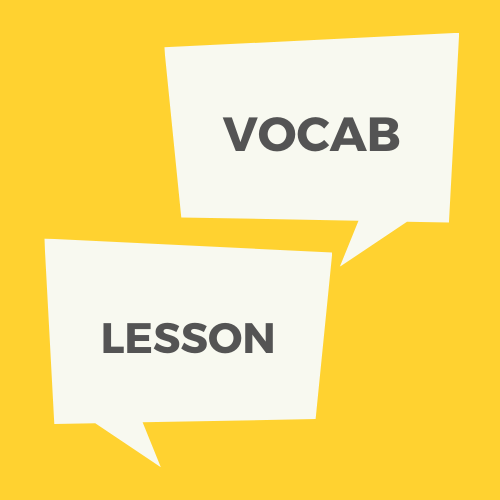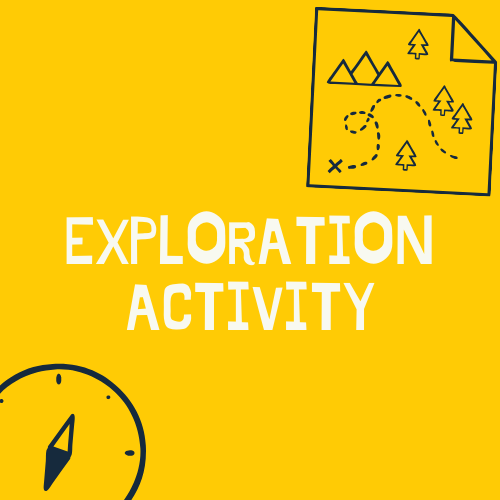2D Shapes
Explore shapes used in kapa designs.
Overview
Use information about 2-dimensional shapes to design kapa patterns.
Materials
Goals
Objectives
Common Core State Standards
Next Generation Science Standards
Materials
Vocabulary Lesson
Computer or other device with speakers
Math Concepts Lesson
Computer or other device with internet + speakers.
Exploration Activity
- Computer or other device with internet + speakers.
- “Shapes in Nature Scavenger Hunt” worksheet
- Pencil
Discovery Lesson
- Paper bag
- Paint (or markers)
- Stamps or stencils
To make stamps:
- Cut shapes out of a kitchen sponge.
To make stencils:
- Cut the shapes from the worksheet on the dotted lines.
Goals
- Learn names of shapes and shape attributes.
- Learn about some 2D shapes and their attributes.
- Identify attributes of shapes.
- Learn about Hawaiian kapa and how kapa designs use shapes that Hawaiians saw in nature.
- See that shapes are all around you.
- Create a geometric kapa design based off of things you see in nature.
Objectives
- Hear how to pronounce corner, vertex and vertices, sides, circle, oval, triangle, quadrilateral, square and rectangle.
- Watch a video to review circles, ovals, triangles, squares, and rectangles, and their attributes.
- Practice counting the numbers of sides and vertices of shapes, and determine if the shape’s lines are straight or curved.
- Learn how kapa is made and designed using shapes and patterns that are inspired by nature.
- Find things in nature that are examples of circles, triangles, squares, rectangles, ovals, and quadrilaterals.
- Plan your kapa design.
- Use stamps or stencils of 2D shapes to create your kapa design.
Common Core State Standards
CCSS.MATH.CONTENT.K.G.A.1
Describe objects in the environment using names of shapes, and describe the relative positions of these objects using terms such as above, below, beside, in front of, behind, and next to.
CCSS.MATH.CONTENT.K.G.A.2
Correctly name shapes regardless of their orientations or overall size.
CCSS.MATH.CONTENT.K.G.A.3
Identify shapes as two-dimensional (lying in a plane, “flat”) or three-dimensional (“solid”).
CCSS.MATH.CONTENT.K.G.B.6
Compose simple shapes to form larger shapes.
Next Generation Science Standards
ESS3.A: Natural Resources
K-ESS3-1:
Living things need water, air, and resources from the land, and they live in places that have the things they need. Humans use natural resources for everything they do.
K-ESS3-2:
Influence of Engineering, Technology, and Science on Society and the Natural World. People depend on various technologies in their lives; human life would be very different without technology.
Discovery Lesson
Create your very own kapa designs using inspiration from the shapes you found in nature.




